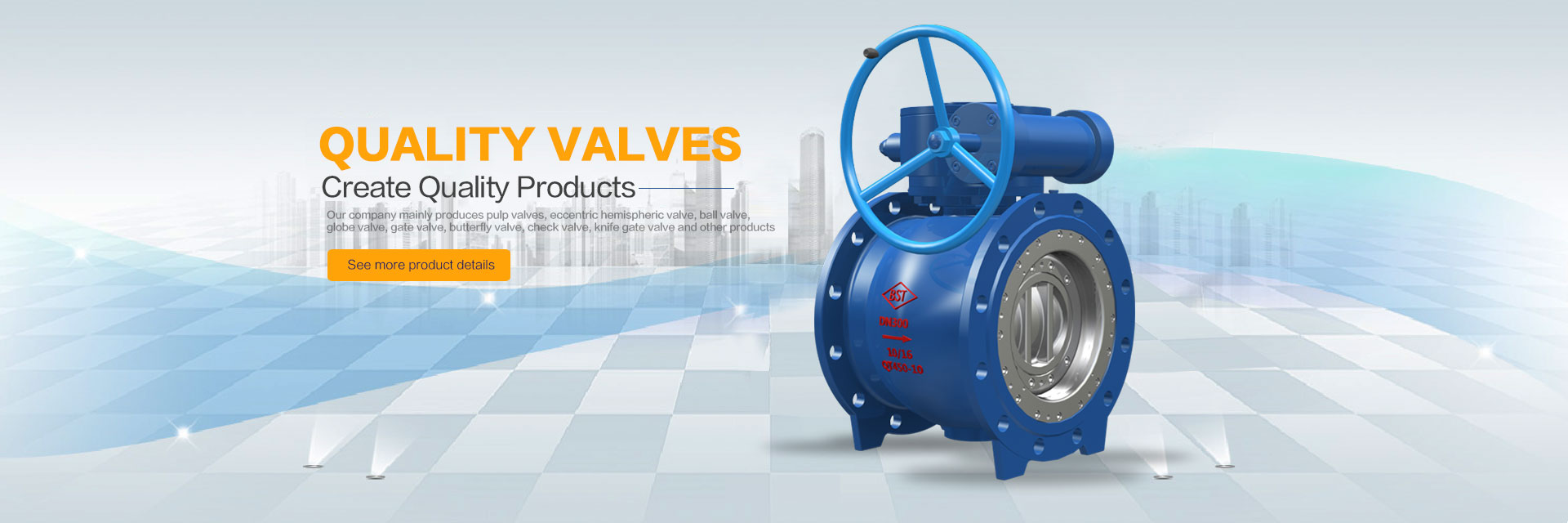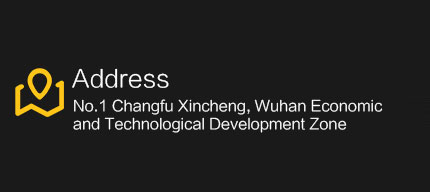Four major challenges for carbon emission reduction in the steel industry
Recently, the National Development and Reform Commission, the Ministry of Industry and Information Technology, the Ministry of Ecology and Environment and other departments have conducted research and deployment on the reduction of crude steel production in 2022, focusing on reducing crude steel in key areas for air pollution prevention and control such as Beijing-Tianjin-Hebei and surrounding areas, the Yangtze River Delta region, and the Fenwei Plain. Output, focusing on reducing crude steel output with poor environmental performance, high energy consumption, and relatively backward technology and equipment, to ensure that the national crude steel output in 2022 will decrease year-on-year.
For the iron and steel industry, carbon peaking and carbon neutralization is a total, intensive and structural proposition, and a time-limited strategic proposition.
my country's steel industry is close to entering the carbon emission peak platform period, the sooner the carbon peak is achieved, the more conducive to the subsequent decarbonization process and the realization of carbon neutrality. To promote the green and low-carbon transformation of my country's iron and steel industry, we should focus on deploying four aspects of work: first, reasonably control crude steel output and speed up structural adjustment; second, vigorously promote green and low-carbon technology and product innovation in the steel industry; Preparations for the carbon market; Fourth, do a good job in carbon emission data quality management.
At present, looking at China's steel industry, there are four major challenges: First, the high carbonization of the energy structure, the long process structure of blast furnace-converter is dominant, and coal and coke account for nearly 90% of the energy input; second, the output is large, and the output of crude steel accounts for the world's More than half of the total output, accounting for 53% in 2021; third, there are a large number of enterprises, with more than 400 enterprises with smelting capacity, and the process structure and production level vary greatly, the development level is uneven, and most enterprises have a weak foundation; four The carbon emission mechanism is complex, involving various carbon emission mechanisms such as energy combustion emissions, industrial production process emissions, and indirect emissions corresponding to electricity and heat consumption.
The iron and steel industry should improve the supply capacity of green products, focus on the development direction of new steel products and new technologies with higher performance, lower cost, higher quality, better use, easier processing, and greener technology, strengthen technological innovation, and promote new products and new technologies. The promotion and application of technology promotes the high-quality development of the steel industry.
To implement the 'dual carbon' goal, total crude steel output control and process structure adjustment are two important starting points, and key common technological breakthroughs are important support. In the long run, in the process of gradually adapting to carbon peaking and carbon neutralization, the future production and manufacturing processes of the steel industry will tend to fall into three categories, namely blast furnace-converter long process, all-scrap electric furnace process and hydrogen reduction-electric furnace process. From this, different models of steel mills are derived. For some long-term iron and steel complex enterprises, it is also possible to form industrial ecological parks with enterprises in building materials, chemicals, and electric power to promote the development of circular economy.









